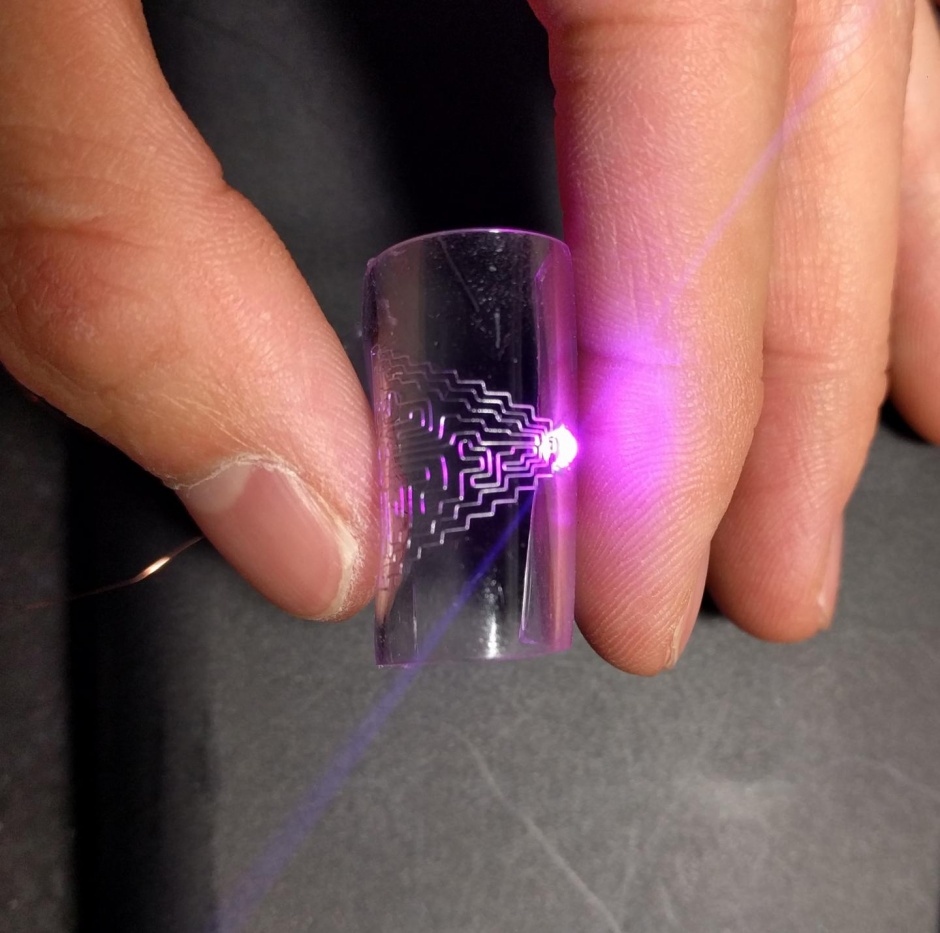
The technique can use multiple metals and substrates and is compatible with existing electrohydrodynamic printing technology, which is already used in many manufacturing processes that use functional inks. However, instead of ink, the process uses molten metal alloys with melting points as low as 60°C.
The team has demonstrated the technique using three different alloys, printing on four different substrates: one glass, one paper and two stretchable polymers.
"Flexible electronics hold promise for use in many fields, but there are significant manufacturing costs involved — which poses a challenge in making them practical for commercial use," said Jingyan Dong, co-author of a paper on the work published in the journal Advanced Materials Technologies.
"Our approach should reduce cost and offer an efficient means of producing circuits with high resolution, making them viable for integrating into commercial devices," he added.
The group tested the resilience of its circuits on a polymer substrate and found that the conductivity was unaffected even after being bent 1,000 times. The circuits were still electrically stable even when stretched to 70 percent of tensile strain.
They also found that the circuits are capable of "healing" themselves if they are broken by being bent or stretched too far. "Because of the low melting point, you can simply heat the affected area up to around 70°C and the metal flows back together, repairing the relevant damage," said Dong.




Project to investigate hybrid approach to titanium manufacturing
What is this a hybrid of? Superplastic forming tends to be performed slowly as otherwise the behaviour is the hot creep that typifies hot...